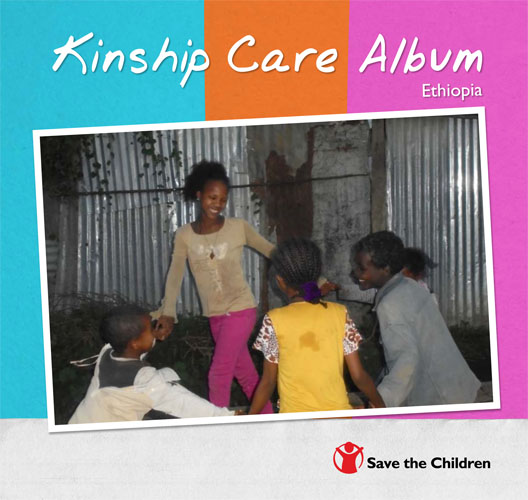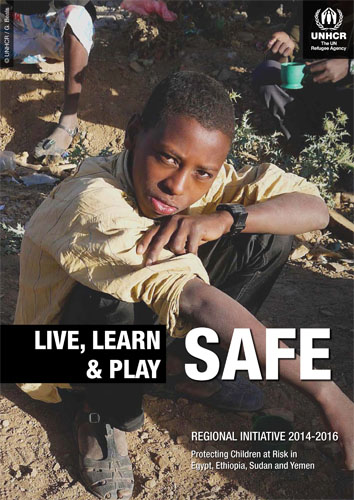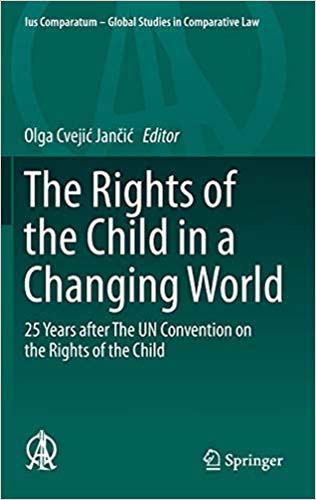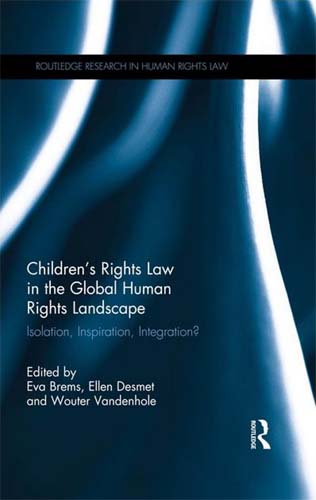
Kinship Care Album: Regional
This Regional Kinship Care Album is a compilation of the 3 country albums (Kenya, Ethiopia and Zanzibar) bringing together information from children, young people and adults collected during the Kinship Care Research that took place in each of the three countries from late 2013 through 2014. The research was undertaken to improve the knowledge and understanding of Kinship Care as an endogenous practice so as to inform future programme and advocacy interventions on care reform, and in particular, to know how best to strengthen community based alternatives such as this.
As it is stated in each of the individual country albums, Child Participation is an integral component of Save the Children’s way of working with the core purpose being to empower the children and give them the opportunity to influence actions and decisions that affect their lives. The Research provided an opportunity for children and caregivers living in kinship care to express themselves and give first-hand information on their experiences – both negative and positive; analyse the trends and common factors that would strengthen or weaken the quality of care that children receive; and contribute towards making concrete recommendations on how Kinship Care can be strengthened.
© Save the Children











